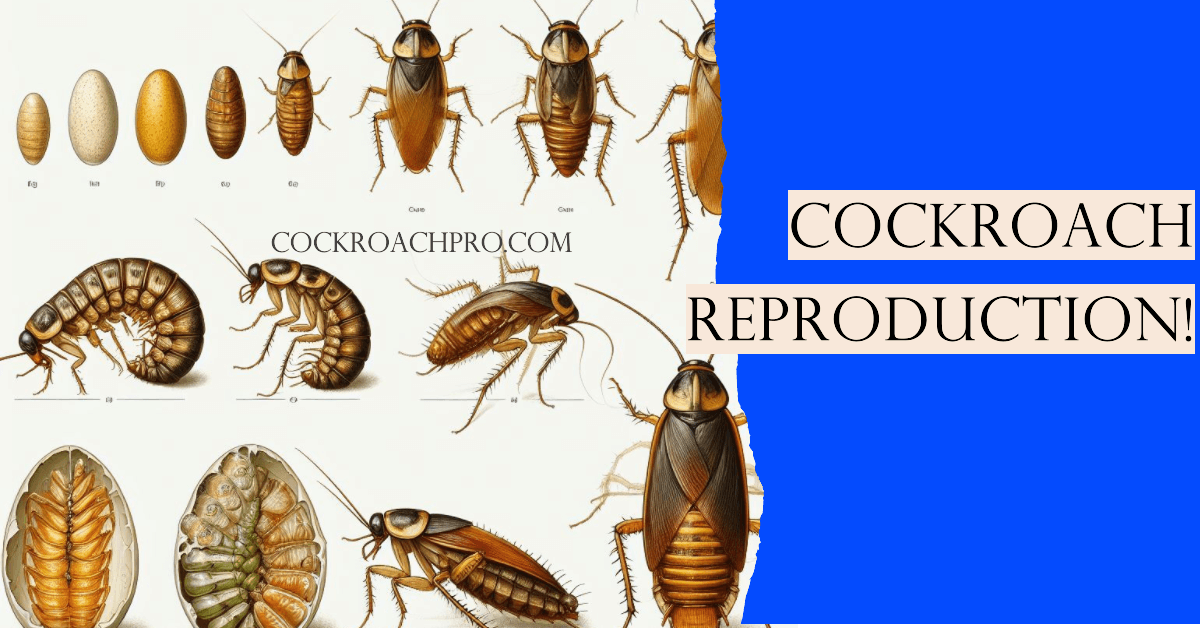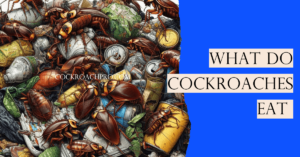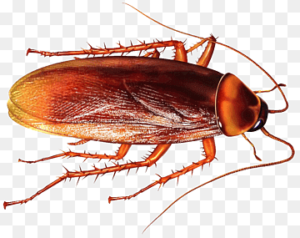Cockroaches, often deemed as some of the most resilient and adaptable insects on Earth, indeed prompt the intriguing question: “How do cockroaches reproduce?”
Exploring this facet of their biology becomes paramount, particularly when dealing with these persistent pests. In this article, we embark on a journey into the enigmatic realm of cockroach reproduction, uncovering the intricacies of their life cycle.
The world of cockroach reproduction is a fascinating one, rife with unique strategies and complexities. These insects undergo an incomplete metamorphosis, encompassing three distinct stages: the egg, the nymph, and the adult.
Within this cycle, we’ll decipher the key steps in the process, allowing us to gain a comprehensive understanding of how these creatures perpetuate their species and adapt to various environments.
So, let’s delve into the captivating realm of “How do cockroaches reproduce?” and unravel the secrets that make these insects such survivors.
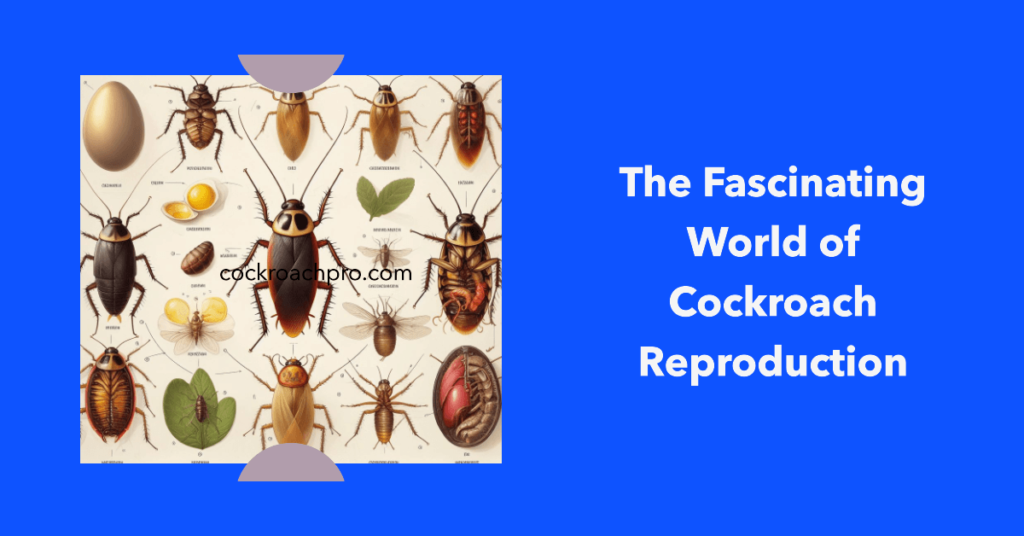
how do cockroaches reproduce | The Cockroach Life Cycle
Before we delve into the specifics of cockroach reproduction, it’s very important to grasp the basics of their life cycle. Cockroaches undergo incomplete metamorphosis, which consists of three distinct stages: egg, nymph, and adult.

Egg Stage (Ootheca)
The remarkable journey of cockroach reproduction commences when a female cockroach, driven by her innate instincts, crafts an ootheca – a specialized protective casing for her eggs. This ootheca is more than a mere vessel; it’s a fortress, ensuring the safety of her offspring.
With a meticulous touch, she deposits the ootheca in a hidden, sheltered location, typically away from the prying eyes of predators and the harsh elements.
This intriguing capsule of life can house a variable number of eggs, ranging from 16 to 50, contingent on the particular cockroach species. As the ootheca matures, an intriguing transformation unfolds – it darkens in color, serving as a visual signal of the impending hatching.
It’s here that we begin to unlock the secrets of “How do cockroaches reproduce?” as we witness the ingenious strategy that ensures the survival of their next generation.
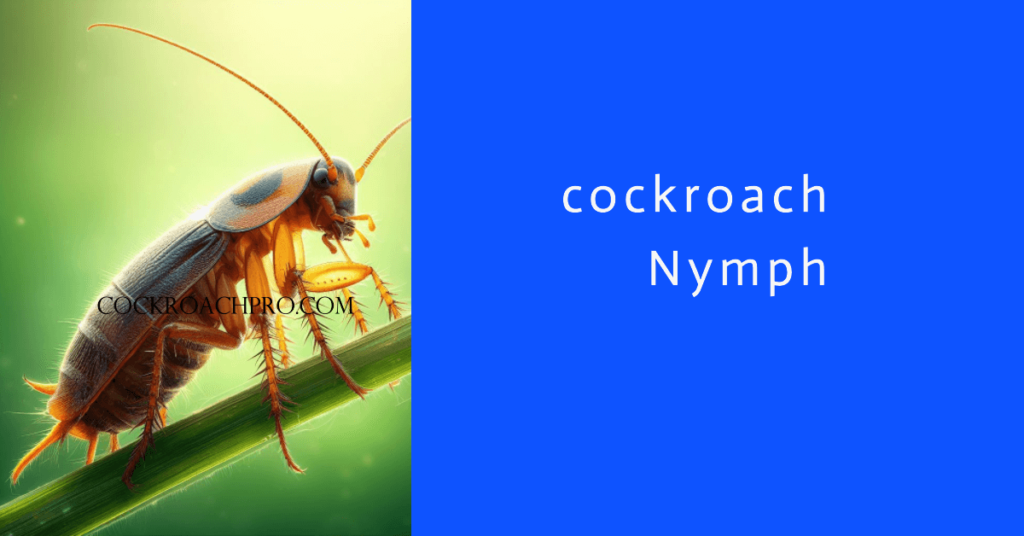
Nymph Stage
The captivating saga of cockroach reproduction continues with the hatching of the young ones, aptly named nymphs. These freshly minted cockroaches emerge from the ootheca, revealing a striking resemblance to miniature versions of their adult counterparts. In this early stage of life, they are small and wingless, equipped with all the essential characteristics they need for survival.
As the nymphs embark on their journey towards adulthood, they undergo a fascinating transformation, marked by a series of molts. During these molts, they cast off their old exoskeleton, much like shedding an outgrown coat.
This process is not merely a matter of renewal; it is crucial for their development. Each molt brings about a remarkable change, allowing the nymphs to grow in size and progressively develop their wing pads.
These wing pads are significant indicators of their progression towards becoming fully-fledged adult cockroaches, shedding light on the intricate process of “How do cockroaches reproduce?” and the remarkable path these insects follow in their life cycle.
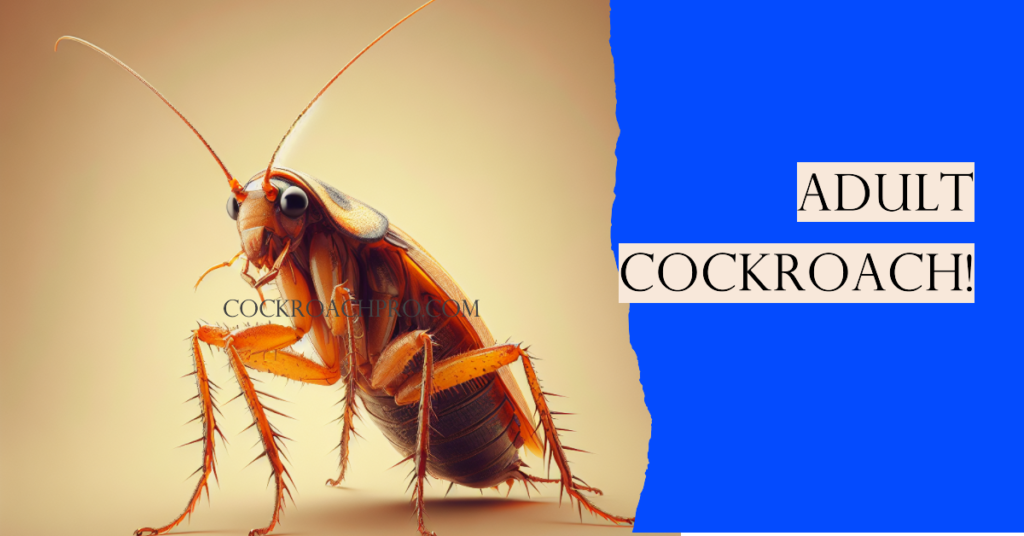
Adult Stage
The culmination of the cockroach life cycle brings us to the adult stage. After undergoing a series of molts during the nymph stage, these young cockroaches transform into fully-fledged adults. At this point, they possess wings and reproductive organs, making them sexually mature.
Related: Do cockroaches bite?: The Truth Is Revealed Today
In this stage, adult cockroaches actively search for food, water, and suitable environments for reproduction. They are equipped to disperse and colonize new areas, contributing to the persistent nature of these insects. Adult cockroaches often play a key role in expanding cockroach populations, making their presence felt in both natural ecosystems and urban environments.
This adulthood stage is vital in understanding the complete life cycle of cockroaches and their role in ecosystems and as pests in human habitats. It sheds light on their adaptability and resilience, as well as their strategies for survival and reproduction, addressing the central question: “How do cockroaches reproduce?”
a table outlining the stages of the cockroach life cycle
| Stage | Description |
|---|---|
| Egg Stage | Female cockroach produces an ootheca (egg case) containing 16 to 50 eggs, which is carefully hidden. As the ootheca matures, it darkens, signaling the impending hatching. |
| Nymph Stage | Nymphs, the newly hatched cockroaches, emerge from the ootheca. They are small, wingless, and resemble miniature adults. Nymphs undergo multiple molts, shedding their exoskeletons to grow and develop wing pads. |
| Adult Stage | After completing their molting stages, nymphs reach adulthood. Adult cockroaches have wings and fully developed reproductive organs. They are responsible for mating, reproduction, and dispersal, often foraging for food and water in various environments. |
This table summarizes the three primary stages of the cockroach life cycle, highlighting the key characteristics and transitions that occur as they progress from eggs to fully grown adults.

how fast do cockroaches reproduce?
Cockroaches are renowned for their extraordinary reproductive capabilities, and the rate at which they multiply can be truly remarkable.
The precise speed of cockroach reproduction can fluctuate, influenced by factors such as the specific cockroach species, environmental conditions, and the availability of sustenance and shelter. Nonetheless, under optimal circumstances, their reproductive pace can be notably rapid.
In the case of many common cockroach species, a single female can produce multiple oothecae, each housing numerous eggs.
The duration required for these eggs to hatch and progress into nymphs varies, ranging from several weeks to several months, contingent upon the species and environmental factors. Upon reaching maturity, these nymphs become capable of reproduction, and this cycle perpetuates.
In certain instances, a lone female cockroach can generate hundreds of offspring during her lifetime. When favorable conditions prevail, cockroach populations can experience exponential growth.
This swift reproduction is one of the factors that make controlling cockroach infestations a formidable challenge. Tackling issues like maintaining cleanliness and sealing entry points becomes essential in preventing infestations and curtailing the conducive conditions for their reproduction.
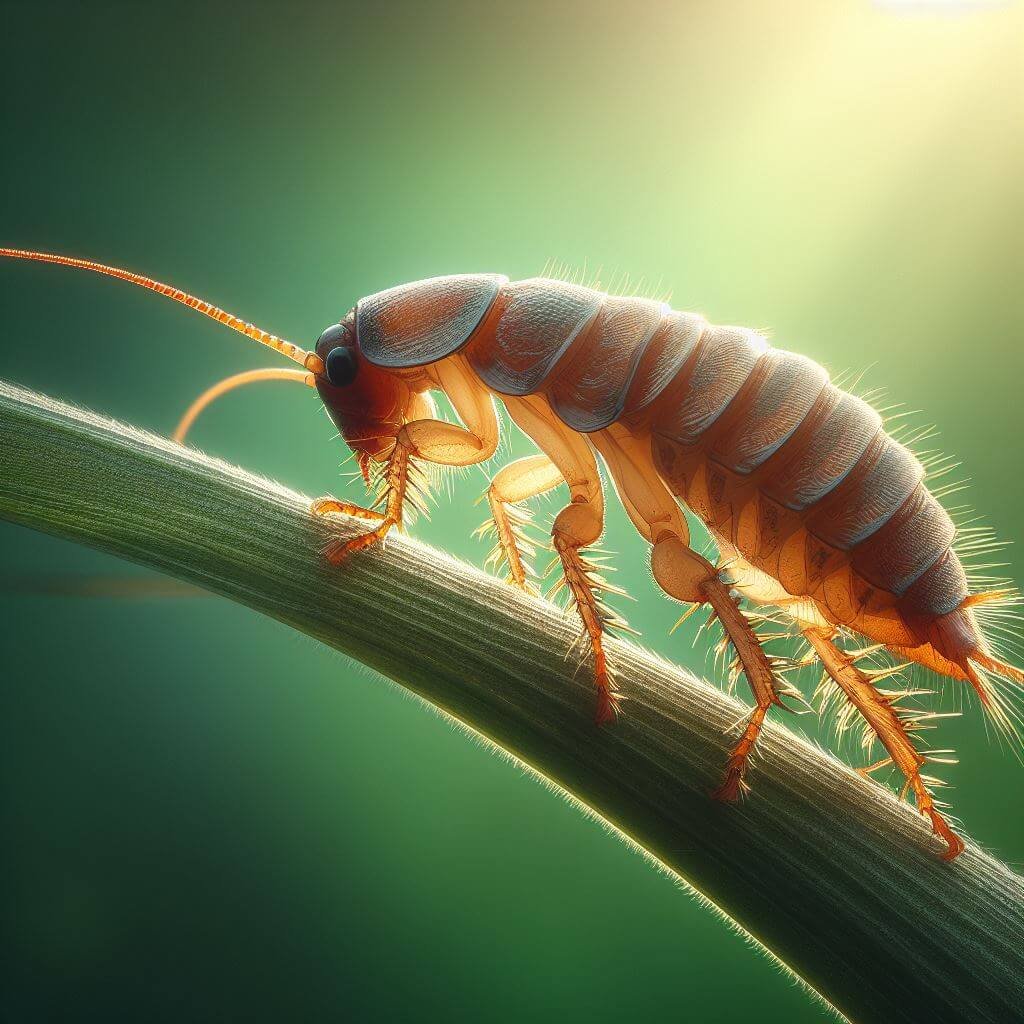
an image of a cockroach Nymph
how do cockroaches reproduce asexually?
Cockroaches primarily reproduce sexually, with a male and female engaging in mating, leading to fertilization and the subsequent birth of their offspring.
However, there are instances of an extraordinary form of asexual reproduction found in specific cockroach species, known as parthenogenesis. In parthenogenesis, female cockroaches possess the remarkable ability to produce offspring without any contribution from males.
The process of parthenogenesis unfolds as follows:
Unfertilized Eggs: Female cockroaches are capable of laying eggs without the need for mating with males. These eggs are unfertilized, meaning they do not contain genetic material from males.
Clonal Offspring: These unfertilized eggs develop into nymphs without requiring fertilization. These nymphs are essentially genetic clones of the female, inheriting all their genetic material from her.
Genetic Homogeneity: Consequently, the offspring lack genetic diversity since they are genetically identical to their mother. While this can provide certain advantages, such as enhanced resistance to specific environmental factors, it also makes the species vulnerable to changes in their habitat.
Species Variation: It’s important to note that not all cockroach species reproduce asexually. Parthenogenesis is more prevalent in specific species, such as the Pacific beetle cockroach, while it’s less common among other cockroach species.
In summary, asexual reproduction in cockroaches, particularly through parthenogenesis, is a distinctive strategy utilized by certain species. It empowers females to produce offspring autonomously, resulting in a brood of genetically identical young cockroaches. This remarkable reproductive method underscores the adaptability of cockroaches across various environments.
how do hissing cockroaches reproduce
Hissing cockroaches, scientifically known as Gromphadorhina portentosa, have a distinctive method of reproduction. Unlike some other cockroach species, they primarily engage in sexual reproduction.
The mating process in hissing cockroaches begins with a courtship ritual where the male produces characteristic hissing sounds to attract a female. Upon the female’s receptiveness, mating occurs, with the male depositing a spermatophore, containing sperm, in the female’s genitalia.
After successful mating, the female begins the process of forming an ootheca, a protective casing that contains fertilized eggs.
The female carries the ootheca on her abdomen, safeguarding it until the eggs inside hatch into nymphs, typically taking a few weeks. These nymphs emerge and undergo several molts, gradually maturing into fully grown adult hissing cockroaches.
Once they reach maturity, these adult cockroaches are capable of reproduction, completing the life cycle. Their intriguing reproductive process is just one facet of their biology that distinguishes them from other cockroach species.
Conclusion
In summary, understanding how cockroaches reproduce is not only a matter of curiosity but also a critical aspect of pest control and biology. Cockroaches’ unique life cycle and diverse reproductive methods make them intriguing subjects of study.
By learning about their reproductive strategies, we can develop more effective methods for managing cockroach populations and better appreciate the complexity of these resilient insects. Whether through sexual reproduction or parthenogenesis, cockroaches have adapted in remarkable ways to ensure their survival in a constantly changing world.

